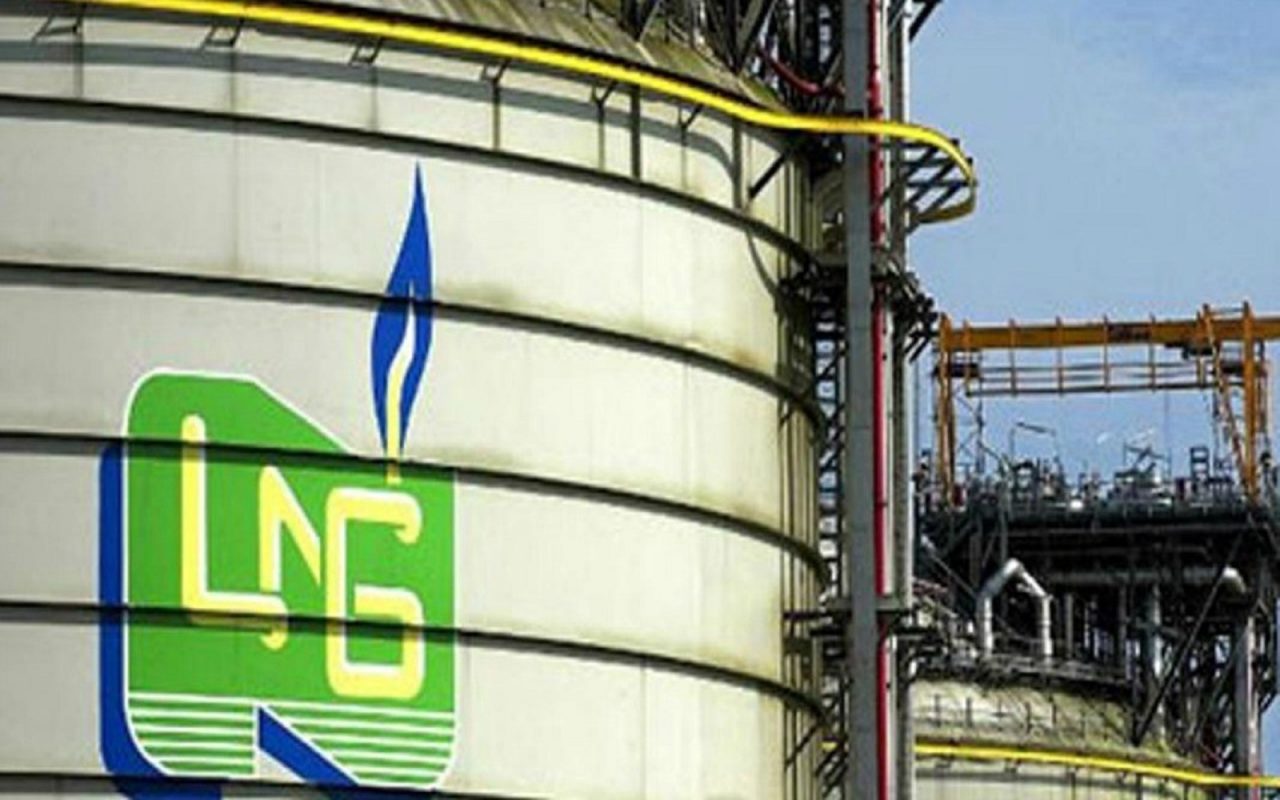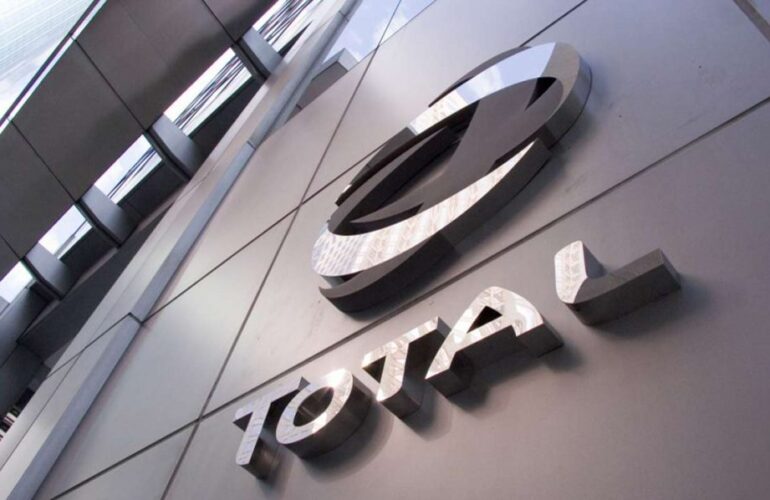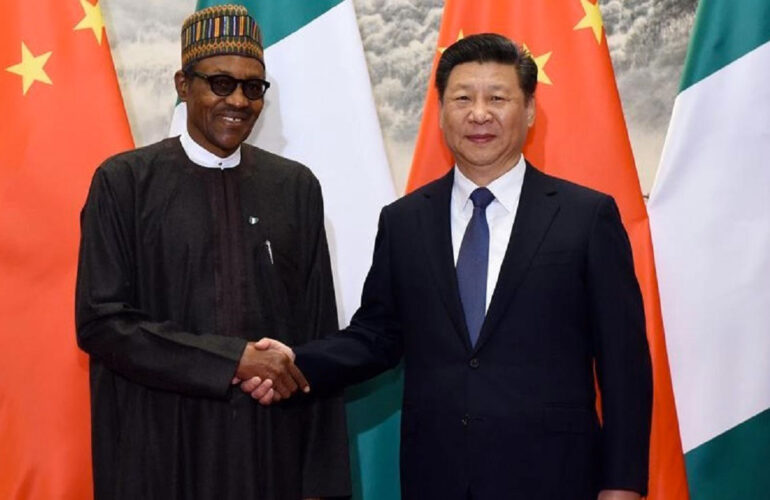Investment, infrastructure challenges as well as historic government-induced bottlenecks may continue to make Nigeria miss out as demand for long-term LNG contracts continue to soar.
While Nigeria’s proven gas reserves already moved to 208 trillion standard cubic feet, policies, according to the Nigerian Upstream Petroleum Regulatory Commission, investment and infrastructure to make the reserves of economic benefits remain in limbo.
Although the Nigeria LNG train seven project is on track, most LNG projects that should have improved the country’s LNG portfolio and revenue like the Brass LNG and Olokola LNG have been elusive for decades without positive signs of final investment decisions.
Instead of economic benefits, the World Bank, last week, named Nigeria as the seventh on the list of top 10 countries worldwide involved in gas flaring in 2021.
While there are hopes from the Federal Government’s decade of gas policy and provisions in the Petroleum Industry Act, electioneering activities stand in the way despite the opportunities and changing dynamics created by the Russia and Ukraine war.
This is coming as a report released Monday by Wood Mackenzie, a Verisk business, noted that large volumes of LNG have been signed as prices for oil-linked deals under negotiation are rising.
Long-term contracting is off to a fast start this year with more than 10 million tonnes per annum (mmtpa) signed to end-market users. In 2021, the group noted, while adding that the volume of long-term LNG contracts signed to end-user markets returned to its highest level in the last five years.
Wood Mackenzie principal analyst, Daniel Toleman said: “The Russian invasion of Ukraine has had a dramatic impact on long-term LNG contracts. Many traditional LNG buyers will neither procure spot gas or LNG nor renew or sign additional LNG contracts with Russian sellers. Spot prices have also been high and volatile, pushing many buyers towards long-term contracts. Additionally, some buyers are returning to long-term contracting on behalf of governments to protect national energy security.”
According to the report, the prevailing situation will result in rising prices for long-term oil-linked contracts under negotiation. Between 2020 and early 2021, WoodMac said long-term oil-linked contract prices fell into the 10 per cent range, levels not seen in the last 10 years.
Toleman said: “The Russian invasion of Ukraine has pushed prices higher. Middle East sellers are now asking for deals above 12 per cent. These deals have limited flexibility, seasonality and are fixed to a market so the slope of a ‘normal’ contract is higher, between 12.5 per cent and 14.0 per cent.
“There has been news about sellers wanting 16 per cent or 17 per cent for 10 years, but we have not been able to substantiate this. Short-term deals can attract these rates. We believe that sellers can get 16 per slope for two- or three- year deals with volumes ending before the end of 2024. The range is slightly lower at 14-15 per cent for four- or five-year deals with volumes that end in 2026.
“That said, prices vary greatly based on the terms, tenure and start date of new deals. The market remains bifurcated with contracts starting before or after 2026, attracting premiums or discounts to this range, respectively.”
The report further stated that Chinese buyers continue to dominate the market signing more than 8 mmpta of new LNG sale and purchase agreements this year.
It added that most new contracts are from US supply as operators move projects forward. All these contracts are linked to North American prices.





